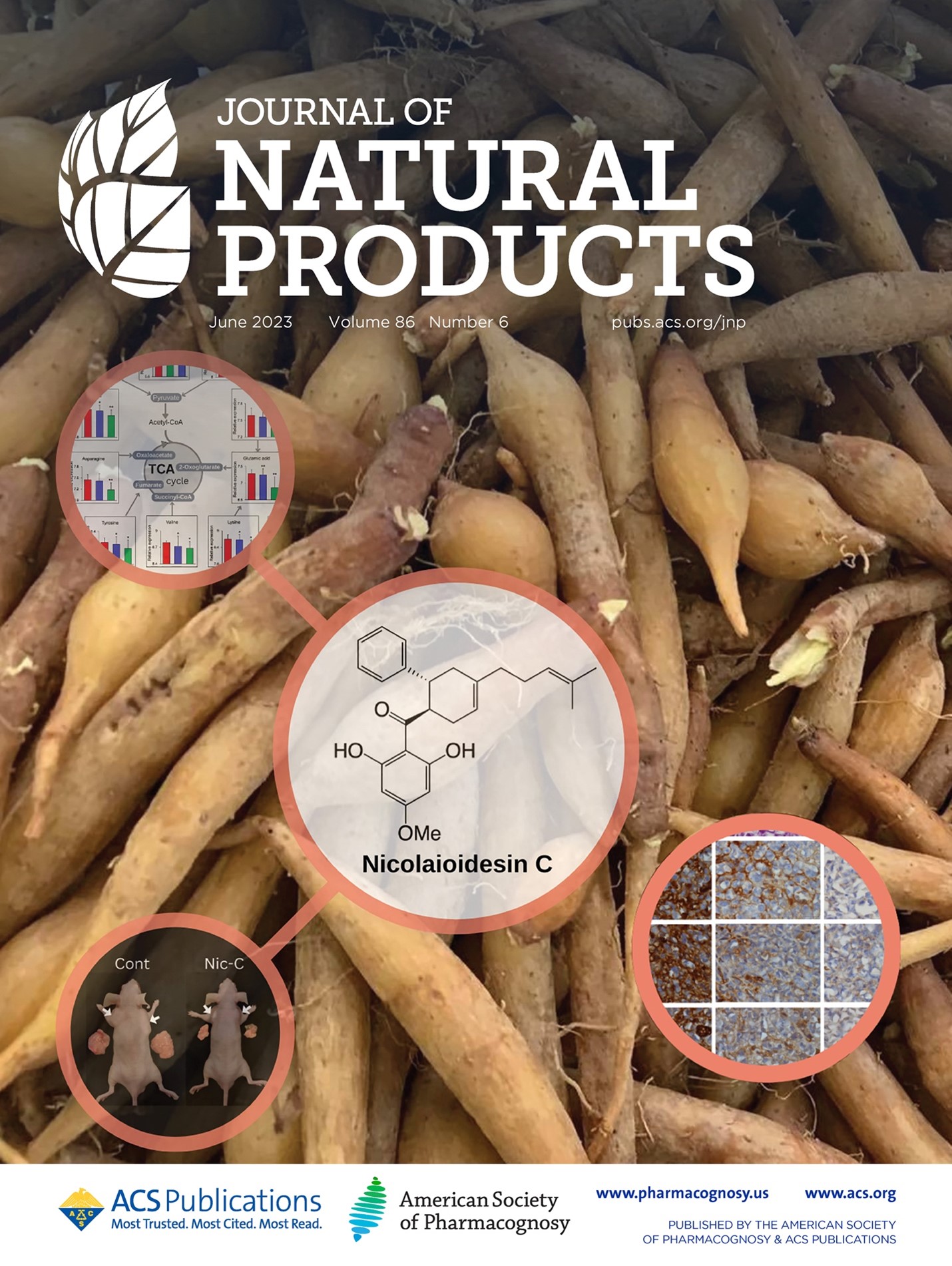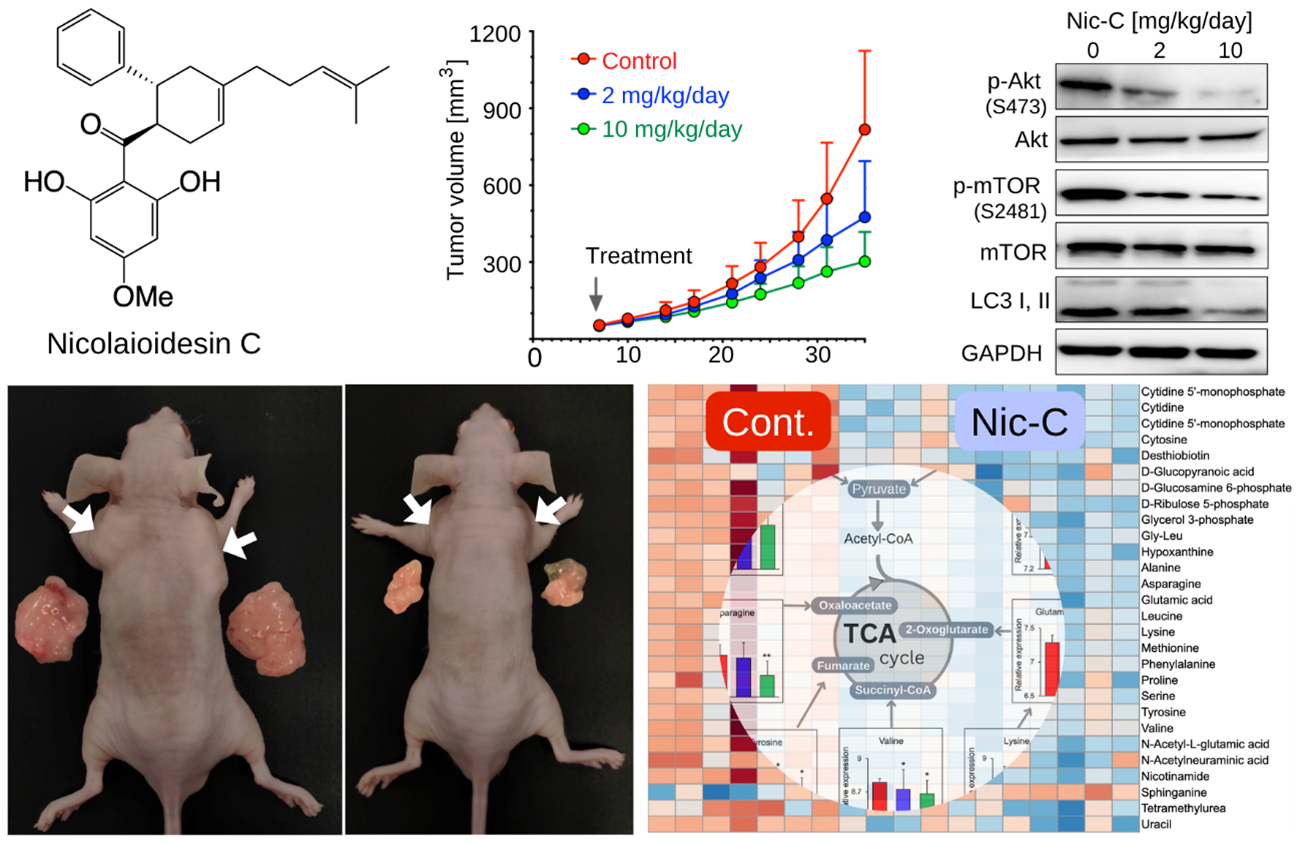Targeting Pancreatic Tumors: Breakthrough Discovery of Nicolaioidesin C as a Promising Antitumor Agent
Summary
A groundbreaking discovery in pancreatic cancer drug development has been achieved through collaborative research led by Associate Professor Suresh Awale of the Institute of Natural Medicine at the University of Toyama. This research, in conjunction with Professor Naoki Toyooka from the Graduate School of Innovative Life Science and Engineering at the University of Toyama and Professor Tsutomu Fujii from the Department of Surgery and Science at the University of Toyama, has yielded remarkable results.
The team has identified Nicolaioidesin C, a bioactive natural compound found in the plant Boesenbergia pandurata, as a potent antitumor agent for the treatment of pancreatic cancer. This extraordinary compound demonstrates highly specific and potent cytotoxicity against pancreatic cancer cells within a microenvironment that replicates nutrient deprivation and hypoxia, key characteristics of pancreatic tumors.
Their groundbreaking research, titled “Nicolaioidesin C: An Antiausterity Agent Shows Promising Antitumor Activity in a Pancreatic Cancer Xenograft Mouse Model,” has been prominently featured on the cover page of the prestigious Journal of Natural Products in its June 23, 2023, Volume 86, Issue 6 edition (Figure 1, Link: https://pubs.acs.org/toc/jnprdf/86/6). This recognition underscores the significance of their findings and highlights the potential of Nicolaioidesin C as a promising candidate for advancing pancreatic cancer treatment.
 Figure 1.Cover page of the Journal of Natural Products, Volume 86, Issue 6, dated June 23, 2023, highlighting medicinal plant Boesenbergia pandurata roots and impact of the study.
Figure 1.Cover page of the Journal of Natural Products, Volume 86, Issue 6, dated June 23, 2023, highlighting medicinal plant Boesenbergia pandurata roots and impact of the study.
Background of the Research
Pancreatic cancer, notorious for its aggressive nature, presents a formidable challenge in the realm of cancer treatment. With a significantly low 5-year survival rate compared to other malignancies, pancreatic tumors stand out due to their hypovascular nature and the hostile tumor microenvironment characterized by hypoxia and severe nutrient deprivation, commonly referred to as “austerity.” Within this challenging milieu, pancreatic tumor cells display an extraordinary adaptability, enabling them to endure and proliferate despite limited nutrient availability.
Conventional anticancer drugs, such as gemcitabine and paclitaxel, designed to target rapidly dividing cells, fail to effectively combat these resilient pancreatic cancer cells. Furthermore, these drugs often give rise to severe side effects, underscoring the pressing need for alternative treatment approaches that can specifically target the unique microenvironment of pancreatic cancer.
In light of these challenges, Dr. Suresh Awale and his research group have dedicated their efforts to developing compounds that selectively and potently exhibit toxicity against cancer cells under conditions that replicate the nutrient-deprived microenvironment of pancreatic cancer. Their pioneering work aims to lay the foundation for novel therapeutics specifically tailored to combat this deadly disease.
Research Content and Achievements
In this study, the natural product Nicolaioidesin C derived from the medicinal plant Boesenbergia pandurata, found in Southeast Asia, has emerged as a highly promising anti-tumor agent with significant potential for pancreatic cancer treatment. The study demonstrates the remarkable efficacy of Nicolaioidesin C in inhibiting pancreatic cancer cell migration, as observed through real-time studies. Furthermore, it effectively hampers the formation of cancer colonies, indicating its potential as an anti-metastatic agent. Moreover, Nicolaioidesin C has demonstrated a profound ability to suppress tumor growth in a MIA PaCa-2 human pancreatic cancer xenograft model in a dose-dependent manner, offering an exciting prospect for therapeutic intervention.
Further investigations into the mechanism of action have revealed that Nicolaioidesin C targets crucial signaling pathways involved in cancer progression and survival, namely the Akt/mTOR and autophagy pathways. By inhibiting these pathways, Nic-C disrupts critical cellular processes, contributing to its potent antitumor activity. Metabolomic profiling of in vivo tumor samples has provided additional insights into the mode of action of Nicolaioidesin C. It has been observed that Nicolaioidesin C downregulates amino acid metabolism while concurrently upregulating sphingolipid metabolism (Figure 2).
 Figure 2.Graphical abstract of the research
Figure 2.Graphical abstract of the research
The significant findings of this study indicate that Nicolaioidesin C possesses remarkable potential as an effective therapeutic agent for pancreatic cancer treatment. This breakthrough discovery holds great promise for advancing pancreatic cancer chemotherapy, as existing drugs predominantly target rapidly proliferating cancer cells and have limited impact within the tumor microenvironment. Nicolaioidesin C opens up new possibilities for chemotherapy by offering a different approach to combat the disease and effectively target cancer cells residing in the microenvironment.
Publication Details
Title
Nicolaioidesin C: An Antiausterity Agent Shows Promising Antitumor Activity in a Pancreatic Cancer Xenograft Mouse Model
Authors
Nguyen Duy Phan1,2, Ashraf M. Omar1, Ikue Takahashi1, Hayato Baba2, Tomoyuki Okumura2, Johji Imura3, Takuya Okada,4,5 Naoki Toyooka,4,5 Tsutomu Fujii,2 and Suresh Awale1,*
Affiliations
1Natural Drug Discovery Laboratory, Institute of Natural Medicine, University of Toyama, Toyama 930-0194, Japan
2Department of Surgery and Science, Graduate School of Medicine and Pharmaceutical Sciences, University of Toyama, Toyama 930-0194, Japan
3Department of Diagnostic Pathology, University of Toyama, Toyama 930-0194, Japan
4Faculty of Engineering, University of Toyama, Toyama 930-8555, Japan
5Graduate School of Innovative Life Science, University of Toyama, Toyama 930-8555, Japan
Published in
Journal of Natural Products
Volume 86, Issue 6, Pages 1373-1642
DOI
https://doi.org/10.1021/acs.jnatprod.3c00019
Cover highlight: https://pubs.acs.org/toc/jnprdf/86/6

